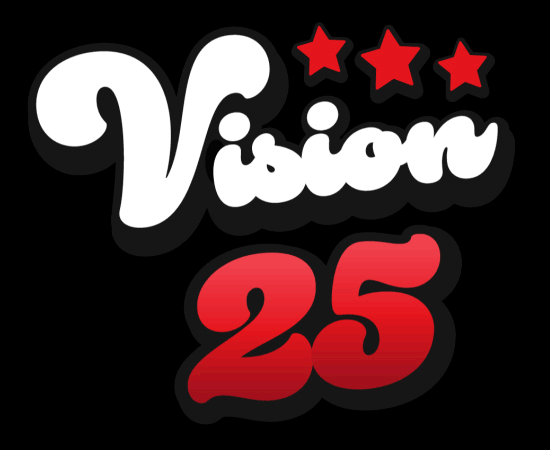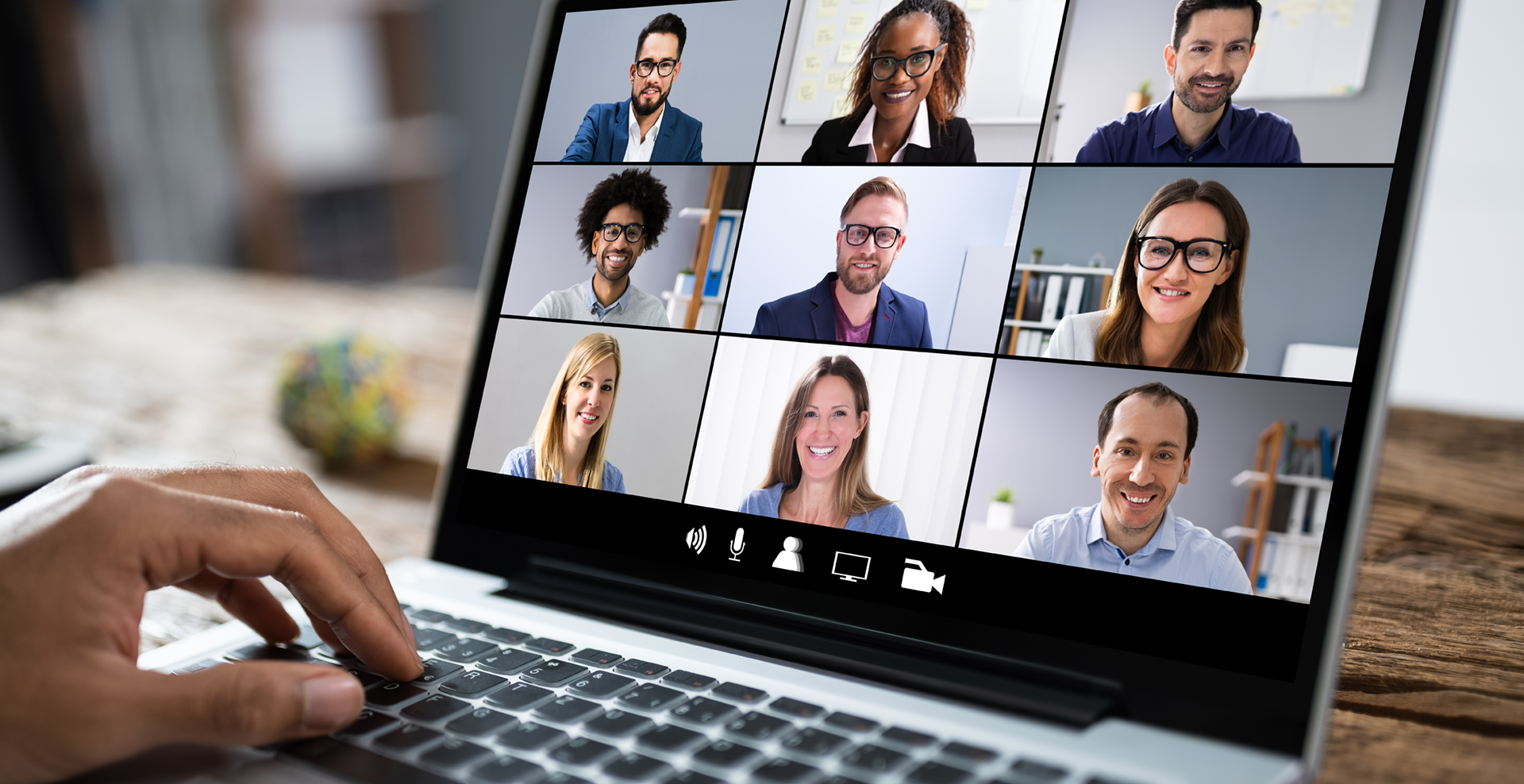Does the thought of a Zoom webinar bore you? What about a virtual happy hour or some other event which more often than not just feels forced and awkward? It would be a lie to say that something doesn’t change when you move an event from being physical to being digital, but that doesn’t mean the change is always for the worse. Digital events require someone to facilitate them and keep them on the rails enough to not fall into chaos, but organic enough they don’t get stiff.
When you facilitate an event, you have to take into account the presenters (who’s speaking, which may include the organizer), the audience (who’s listening), and the environment (where the event takes place). You’re not selling out on tickets to a death metal concert at a retirement home, and you’re not putting on a concert outdoors near an airport. The big difference between a physical and digital event is the control you have over how the audience can interact and your control over the environment.
A fun environment where people can interact even if the presenters or hosts aren’t that interesting is going to be more memorable than a stuffy event which was just okay. An amazing lecture in a drab, boring room is just as exciting to the right audience as a party in a fun environment. Each factor is important, but not every factor is relevant for every scenario.
What Makes a Webinar Exciting?
A webinar doesn’t really have an environment associated with it. Your presenters and your audience are sitting in their homes, in a cubicle, or in an office (alone or with a group). Each person is in their own bubble away from others (as a whole). You lose control of the environment which means you have to more than make up for it with the content and targeting the right audience.
A webinar is exciting when the content is relevant and the audience can connect with others (be they the presenters or each other). Exciting content in the wrong package for the wrong audience is just as bad as boring content which is dressed to impress. There has to be the right kind of energy to excite the audience and keep the whole show moving.
Traditional conferences and master classes are about getting access to information, but also about interacting with the people who hold said information. Everyone is going to have a different level of understanding going in. You don’t go to a master class to just listen, you’re trying to get an answer to something. The lecturer may answer that something, but if they don’t, you’re going to want to interact and ask.
An exciting webinar is going to work within the confines of what it is. You can’t provide the same environment so you have to keep the show moving. You need to maintain the energy, and you need to make it interactive enough that people don’t feel they may as well watch it on YouTube.
Staying on Track
Your webinar is like a chemistry experiment, even if you control for every part of the process, things can (and probably will) still go a different direction. A good chemist will plan first, but react accordingly when the reaction doesn’t go as planned. There’s not much you can do if the raw ingredients are wrong though.
A good organizer is going to help keep the participants on track, and the audience engaged. When an event is interactive, it runs the risk of being derailed down line after line of tangent. Many organizers cut out the interactiveness or otherwise limit it, which can dampen the energy of the whole event though. The event goes from trying to be a digital conference to a plain lecture. While this can work with some scenarios, it ruins the experience for others.
To stay on track, plan for interactions and plan for questions; have multiple lines you can take a topic without it diverging from a planned direction. What questions do you anticipate from the material which you’re presenting? Get a feel for what would be most likely to come up and prepare a way to address each possibility without letting the webinar drift off course.
Have a general plan, but don’t try to plan every single detail. Prepare for what the webinar covers, and prepare for where it can go. If you plan too rigidly, you’ll choke the life out of your webinar when the wrong question or wrong contribution pops up. Moving the interactions to the end can help, but what happens when you have multiple contributors building off of each other? What about with a multi-part series?
Retaining the Human Element
Unless your webinar is a lecture series, you need to retain some form of interactivity to keep the human element intact. People don’t just visit conferences to listen and learn, they also go to interact and mingle, to make new connections and network. The nature of events changes when they go digital, so the nature of how you foster this human element has to change with it.
A digital event is binary for interactions, either you’re able to interact or you’re not, while a physical event tends to be more analog. When in a physical place, you’re going to have more opportunities to bump into someone and get talking. The shared space and the shared goal leads to more natural ad hoc connections. You can’t easily offer this in digital events (though people try with things like Second Life or other VR solutions), but you can offer something different which can scratch the same itch.
Involving the Audience
Personalize certain sessions, give your audience an opportunity to talk to you or your fellow presenters and participants. It doesn’t have to be throughout the entire event, but it should cover at least a portion. One way to consider handling this is to have multiple groups of presenters which can round robin open sessions. This provides the opportunity to split up the audience into smaller groups which can be more involved with the presenters.
You don’t get the same effect you get with an in person event, but you give a chance for people to interact with their presenters and ask the pertinent questions they may not ask (or get the chance to ask) in front of a huge group. Done right, you can put people from similar industries together or some other tiering to provide “group sessions”. Open group channels which are open at certain times can also spurn camaraderie, but it can also be a recipe for disaster. You have to know your audience to know how these solutions will work out.
How can you facilitate involvement with the audience and for the audience? More personalized access to presenters can be a huge boon, but only if you know everyone will prepare accordingly. The subject your webinar covers and the industry (or field) its in will affect what is going to work. If you’re in something like IT, large groups are usually going to be a bit awkward in person, but smaller groups may open up.
Larger groups online tend to be more awkward than larger groups in person. You can whisper to a person next to you at an event, but it’s harder digitally. Keep this in mind when planning for a webinar with any kind of interaction.
Putting It All Together
A webinar needs to have a human element or else it loses its energy. This human element is going to require interaction and flexibility. Keep in mind, you don’t have all of the same resources you would be able to rely on with a physical event. How can you facilitate an organic experience for your audience through a different medium?
The answer to this question is going to depend on the purpose of the webinar and your industry or field. Why are you putting on a webinar? What is its purpose and what is your audience looking to get from it?
Once you can answer these questions, you can work in ways to prepare for the unexpected and make your webinar an interactive experience more in line with a physical event rather than something which may as well be a YouTube lecture. Allow questions and input which will provide value to the audience member asking, and to the whole group.
People will be coming in at different knowledge levels and with different understandings of the topic. Give them a way to get what they need at their level without running off into countless tangents. Prepare the material so that you can move naturally down the path you’re given without planning so rigidly you can’t get a little off course.
Don’t just try to open the flood gates on your first rodeo. Build up to a more interactive approach in stages rather than just trying to jump in head first. A truly open session is going to be chaos unless its planned for. As you find ways to facilitate a higher energy and more interactive rapport between your presenters and your audience, you’ll find ways to shape your sessions around what a good presenter would do within the medium at play rather than just trying to turn a physical event into an online one.


